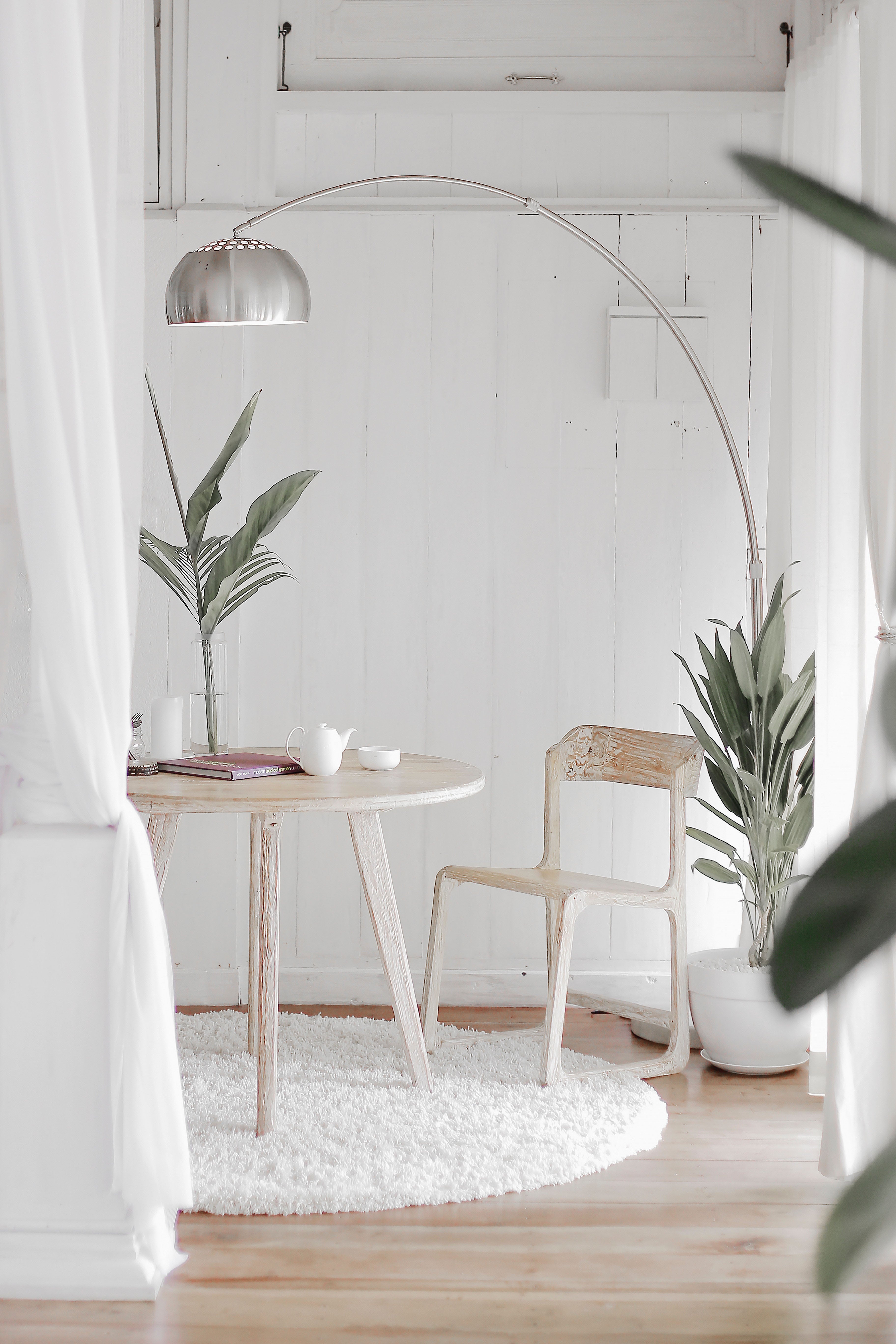The increasingly resorted “home staging” consists in prepping your home to speed up its selling and doing so at a better price.
The goal: to make a property look attractive for the greatest number of potential buyers. We intend to set up a cozy setting, through furniture curatorship, decorative elements and lighting, so people wish they lived there.
And, even though this is not to trick clients, but about showing their future home’s best potential, this technique consists in creating illusions by making the house appear to be bigger, brighter, cleaner, more adorable, and especially, to lead the buyer to make an offer immediately.
Home staging or home styling started formerly in Sweden a couple of decades ago, and it has gained popularity little by little in the rest of the countries. Through time, it has been proven that this technique allows for the price of the house to increase between 10 and 20%, against a property that is offered empty (in the case of new ones) or filled with furniture and memories (when they are inhabited); in addition to cutting selling time in half, when compared to other properties in the same area.
You can help people see themselves living in the home they visit through small details and, this may sound obvious, but it is best to say it, it is important that every item that is chosen is of interest for the targeted client.
Who is the potential client? Easy, it is the type of people who lives in the area where the property is, with a life stage that can be modified (single, couple, young family, older family, empty nest), according to footage and distribution of the property on sale.
Once the profile of the next inhabitants is identified, as well as pros and cons that they might find on the house, you are ready to begin with the light makeover on your next former home. Here is the ABC to follow:
Furnish with the essentials. There shall be plenty of room to walk around the areas, don’t use furniture that prevents this. If your home is inhabited, remove anything that is not truly necessary, like an extra couch, sideboards, trunks, and side tables. Remember that the purpose of this house is to sell space, not for you to live in it.

Decorate with aspirational items that make the space cozy (always accordingly to the taste of your target client). A nice sound system for a single man, wine glasses for couples, and soft cushions and blankets or designer cradles for young families. It is about, on one hand, placing accessories that hide or decrease the perception of the cons that the house might have: well placed mirrors, plants, lamps, and rugs can revert negative details. And on the other hand, offering small comfort nods like nice towels and a soap and hand lotion set in the bathroom, a delicately set table, a bowl with delicious fruit in the kitchen and a cookbook lying around.
Captivate the look and mind of visitors with a visual appeal they cannot forget about and place it in your house’s best area. This will allow for their attention to focus on the property’s best feature and, also helpful, for this space to stick to the client’s memory. We cannot ignore the fact that an average person visits between 20 and 30 options before buying, it is hard for them to remember everything they see; so you will need yours to stand out from the rest and this is achieved with a dazzling sculpture, a painting, an impressive lamp, or a different texture or color on a wall.
 As you can see, a house on sale can be transformed into the dream place for the buyer through few steps, well-directed steps. Asking for the advice of an interior designer can also help, since in addition to their trained eye and being up to date with the latest trends on the market, they will be oblivious to the family memories you might have there and it will be easier for them to turn your house into an object of desire.
As you can see, a house on sale can be transformed into the dream place for the buyer through few steps, well-directed steps. Asking for the advice of an interior designer can also help, since in addition to their trained eye and being up to date with the latest trends on the market, they will be oblivious to the family memories you might have there and it will be easier for them to turn your house into an object of desire.


